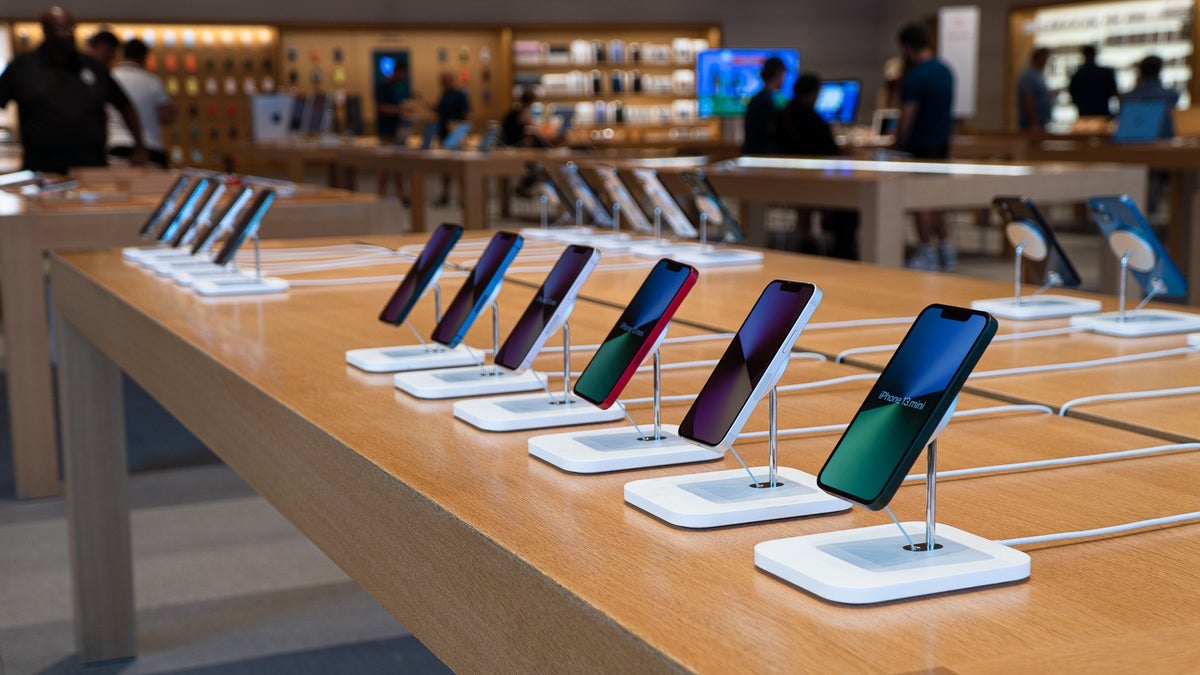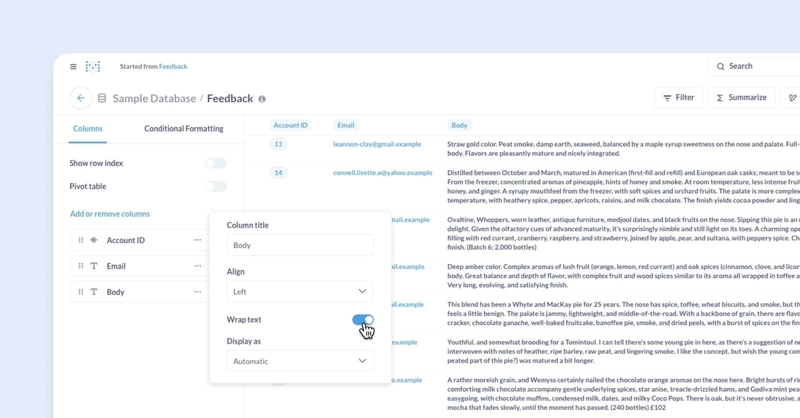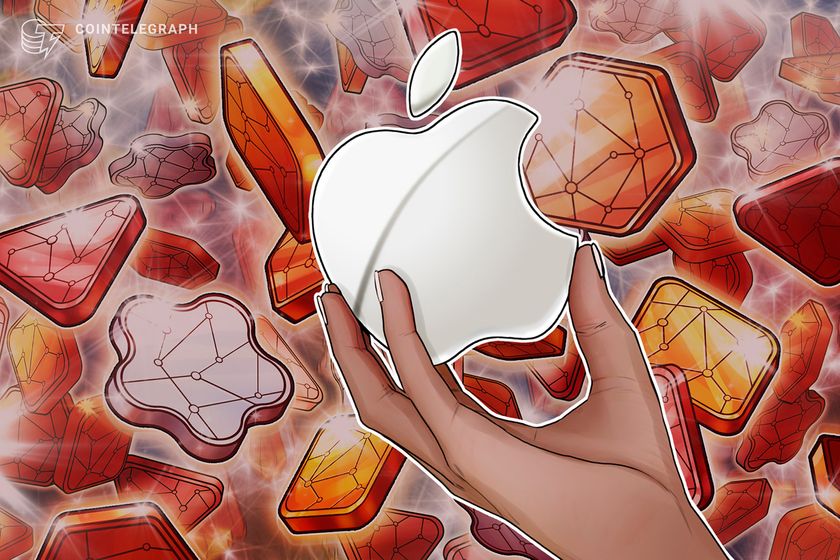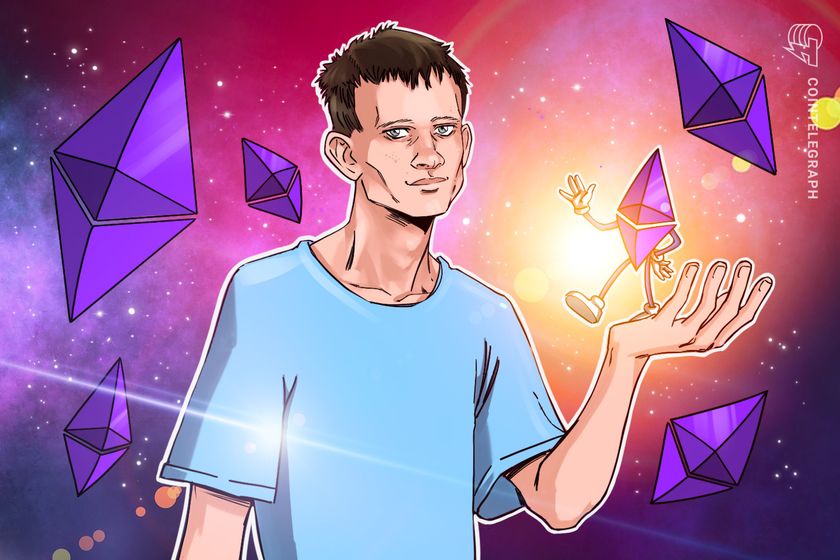AI Killed Your Competitive Edge. Here's What Will Save It.
In 2015, launching a SaaS product that actually worked was impressive. If it had clean UX, didn't crash, and sent emails on time, you could carve out a niche. You didn't need a community. You didn't need onboarding flows. You didn't need personality. You just needed to build it. And that was hard enough. But today? Building is easy. Too easy. AI writes your backend. Open-source gives you every component. Design kits make everything look clean out of the box. Execution is no longer your moat. You Can't Outbuild, You Have to Outconnect Everyone has the same tools. Everyone can ship fast. Everyone's using the same AI models. You're not competing on what you build. You're competing on how it feels to use your product. You're competing on whether users feel like they matter. That's the new edge: emotional connection. Not because it's nice to have but because it's the only thing left that's hard to copy. Most SaaS Feels Like a Vending Machine Let's be honest. Most SaaS products today are perfectly functional. They're also incredibly forgettable. You sign up, click around, maybe submit feedback, then never hear back. No roadmap. No updates. No pulse. Just a clean UI and silence. It's all so… sterile. And when things are sterile, they're easy to walk away from. The Products That Stick Have a Soul The most beloved products don't just solve a problem. They feel alive. They: Communicate Listen Evolve in public Make you feel like you're part of something It's not about being flashy or "fun." It's about building a relationship with your users, not just offering a tool. B2C Apps Got This Right First Look at the consumer space. Duolingo turned learning into a game. Headspace makes meditation feel human. TikTok reacts to you in real-time. Even something like BeReal adds a subtle sense of presence. They aren't just functional they're engaging. B2C figured out something that B2B SaaS still hasn't: People come for utility, but they stay for connection. The Web Missed the Memo Most SaaS tools still feel like cold internal dashboards. They assume that if you ship fast and add the right integrations, people will stick around. But what really retains users is emotional gravity. The feeling of: "They actually heard me." "I saw that feature go from idea → live." "I helped shape this product." It's the feeling of being part of the journey not just on the receiving end of it. A Living Product Doesn't Just Work It Talks Back Here's what makes a product feel alive: You can give feedback and actually see it go somewhere. You know what's being worked on, and what's coming next. You see small, frequent updates that signal momentum. You feel like your voice could shape what gets built. That kind of experience creates retention by default. It's not a marketing trick. It's not a CRM workflow. It's a connection built inside your product. Most Products Don't Give Users a Reason to Come Back That's the core issue. You might solve a real problem. You might even have happy users. But if there's no conversation, no evolution, no community people drift away. They use your product once. Maybe twice. And then they disappear. Not because you failed but because nothing pulled them back in. What I've Been Thinking About This is the problem I've been obsessed with lately. How do we make products feel less like tools and more like relationships? How do we give users a reason to come back not because they have to, but because they want to? How do we make them feel like they're part of something that's evolving, growing, and listening? That's what I've been trying to figure out. And that's why I started building UserJot. My Take: Bring "Aliveness" to SaaS I wanted to create a way to make products feel more alive especially in the web and B2B world, where things often feel detached. Not with gimmicks. Not with flashy onboarding. But with something more honest: a quiet, persistent loop between you and your users. So I started with a few principles: Make it effortless for users to leave feedback Let that feedback become visible progress (roadmap, changelogs) Turn updates into moments of trust Create small social signals that say: "Hey, we're building this together." It's not perfect. It's evolving. But it's already changed how people interact with the products that use it. Not a Feature. A Feeling. This isn't about collecting feedback. It's about creating presence. A product that acknowledges its users. A space that feels responsive and real. A way for people to feel like their input matters even if they're not power users or paying customers yet. That's the layer most SaaS products are missing. And I think it's the layer that will matter most in the years ahead. The Last Advantage You won't win by being the fastest to ship. You'll win by building something people feel connected

In 2015, launching a SaaS product that actually worked was impressive.
If it had clean UX, didn't crash, and sent emails on time, you could carve out a niche.
You didn't need a community.
You didn't need onboarding flows.
You didn't need personality.
You just needed to build it.
And that was hard enough.
But today? Building is easy. Too easy.
AI writes your backend.
Open-source gives you every component.
Design kits make everything look clean out of the box.
Execution is no longer your moat.
You Can't Outbuild, You Have to Outconnect
Everyone has the same tools.
Everyone can ship fast.
Everyone's using the same AI models.
You're not competing on what you build.
You're competing on how it feels to use your product.
You're competing on whether users feel like they matter.
That's the new edge: emotional connection.
Not because it's nice to have
but because it's the only thing left that's hard to copy.
Most SaaS Feels Like a Vending Machine
Let's be honest.
Most SaaS products today are perfectly functional.
They're also incredibly forgettable.
You sign up, click around, maybe submit feedback, then never hear back.
No roadmap. No updates. No pulse.
Just a clean UI and silence.
It's all so… sterile.
And when things are sterile, they're easy to walk away from.
The Products That Stick Have a Soul
The most beloved products don't just solve a problem.
They feel alive.
They:
- Communicate
- Listen
- Evolve in public
- Make you feel like you're part of something
It's not about being flashy or "fun."
It's about building a relationship with your users, not just offering a tool.
B2C Apps Got This Right First
Look at the consumer space.
- Duolingo turned learning into a game.
- Headspace makes meditation feel human.
- TikTok reacts to you in real-time.
- Even something like BeReal adds a subtle sense of presence.
They aren't just functional they're engaging.
B2C figured out something that B2B SaaS still hasn't:
People come for utility, but they stay for connection.
The Web Missed the Memo
Most SaaS tools still feel like cold internal dashboards.
They assume that if you ship fast and add the right integrations, people will stick around.
But what really retains users is emotional gravity.
The feeling of:
- "They actually heard me."
- "I saw that feature go from idea → live."
- "I helped shape this product."
It's the feeling of being part of the journey not just on the receiving end of it.
A Living Product Doesn't Just Work It Talks Back
Here's what makes a product feel alive:
- You can give feedback and actually see it go somewhere.
- You know what's being worked on, and what's coming next.
- You see small, frequent updates that signal momentum.
- You feel like your voice could shape what gets built.
That kind of experience creates retention by default.
It's not a marketing trick. It's not a CRM workflow.
It's a connection built inside your product.
Most Products Don't Give Users a Reason to Come Back
That's the core issue.
You might solve a real problem.
You might even have happy users.
But if there's no conversation, no evolution, no community people drift away.
They use your product once. Maybe twice.
And then they disappear.
Not because you failed but because nothing pulled them back in.
What I've Been Thinking About
This is the problem I've been obsessed with lately.
How do we make products feel less like tools and more like relationships?
How do we give users a reason to come back not because they have to, but because they want to?
How do we make them feel like they're part of something that's evolving, growing, and listening?
That's what I've been trying to figure out.
And that's why I started building UserJot.
My Take: Bring "Aliveness" to SaaS
I wanted to create a way to make products feel more alive especially in the web and B2B world, where things often feel detached.
Not with gimmicks. Not with flashy onboarding.
But with something more honest: a quiet, persistent loop between you and your users.
So I started with a few principles:
- Make it effortless for users to leave feedback
- Let that feedback become visible progress (roadmap, changelogs)
- Turn updates into moments of trust
- Create small social signals that say: "Hey, we're building this together."
It's not perfect. It's evolving. But it's already changed how people interact with the products that use it.
Not a Feature. A Feeling.
This isn't about collecting feedback.
It's about creating presence.
A product that acknowledges its users.
A space that feels responsive and real.
A way for people to feel like their input matters even if they're not power users or paying customers yet.
That's the layer most SaaS products are missing.
And I think it's the layer that will matter most in the years ahead.
The Last Advantage
You won't win by being the fastest to ship.
You'll win by building something people feel connected to.
Something that listens.
Something that responds.
Something that remembers who it's for.
AI flattened the playing field.
Emotional connection is the only terrain left.
That's where I'm placing my bets.
If you're thinking about this too or if you're trying to build a closer loop between you and your users I'd love for you to try UserJot. It's my take on how we make products feel a little more human again.
Let me know what you think.







































































































































































![[The AI Show Episode 145]: OpenAI Releases o3 and o4-mini, AI Is Causing “Quiet Layoffs,” Executive Order on Youth AI Education & GPT-4o’s Controversial Update](https://www.marketingaiinstitute.com/hubfs/ep%20145%20cover.png)

































































































































![From Art School Drop-out to Microsoft Engineer with Shashi Lo [Podcast #170]](https://cdn.hashnode.com/res/hashnode/image/upload/v1746203291209/439bf16b-c820-4fe8-b69e-94d80533b2df.png?#)









































































































(1).jpg?#)






























_Inge_Johnsson-Alamy.jpg?width=1280&auto=webp&quality=80&disable=upscale#)













































































































![Apple Developing AI 'Vibe-Coding' Assistant for Xcode With Anthropic [Report]](https://www.iclarified.com/images/news/97200/97200/97200-640.jpg)
![Apple's New Ads Spotlight Apple Watch for Kids [Video]](https://www.iclarified.com/images/news/97197/97197/97197-640.jpg)







































































![[Weekly funding roundup April 26-May 2] VC inflow continues to remain downcast](https://images.yourstory.com/cs/2/220356402d6d11e9aa979329348d4c3e/WeeklyFundingRoundupNewLogo1-1739546168054.jpg)





























